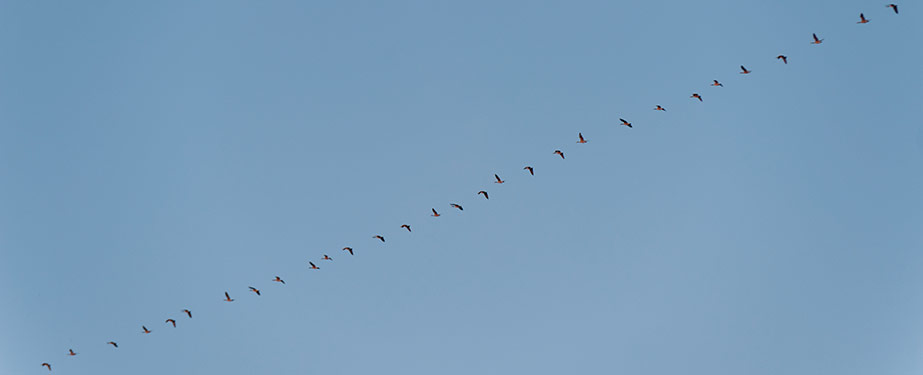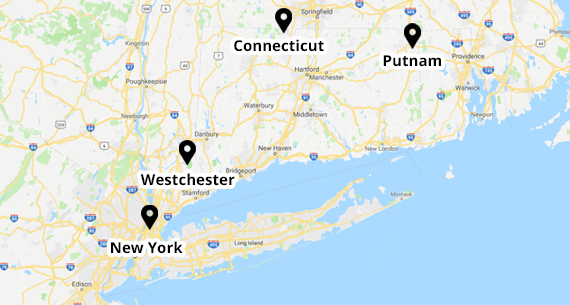- Call Us Now!
- 203-883-5123

Geese Removal in Connecticut
Goose Removal or Relocation is a very extensive program and can be very cost prohibitive, as well. Such a task requires a special permit to attempt goose removal and is only recommended for extremely serious problems – when the public health or safety is involved.
Wild Goose Removal
Goose Removal is attempted during the months of June, or even July, when the geese are molting and unable to fly. A trap called a funnel or drive trap is used in the process. Once captured, relocating geese into a new rural area is difficult. Once geese are imprinted into an environment, they tend to return to that same area. Therefore, once goose removal has taken place, it is imperative that the former location is modified to make it less attractive for geese to return to their original environment or perhaps even be replaced by a new flock of geese.
Not Always the Best Solution...
The capture and relocation of geese is not always a viable solution for adult geese because the birds imprint on the area where they learn to fly and most will eventually return to the capture site or a similar setting if the area has not shown much environmental change.
Geese Relocation is most effective for young geese because they imprint on the "new release area" where they learn to fly rather than returning to the area where they were captured. Therefore, they are then unlikely to return to the capture area now that they have found comfort in their new surroundings where they have learned to fly. When goose removal is done correctly – the geese will consider that area their "new home".
Goose Removal is a stop-gap effort when it comes to goose control. The property must be changed to make it less attractive to geese, or the removed geese will be replaced with new Canada geese.
Therefore, we recommend the use of professionally trained goose dogs to make the Canada geese feel less safe on the property.



